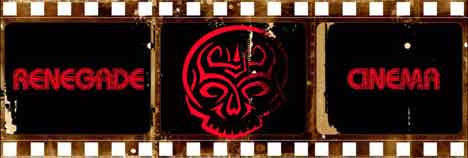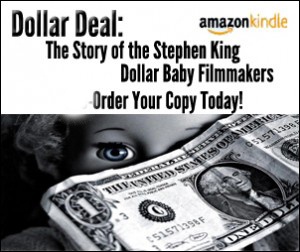Dirty Harry and his new female partner hunt down a militant group that killed Harry’s former partner
The Lowdown
The third film in the Dirty Harry series starts off slow before picking up steam in the last third of the movie. The first hour of the movie passes without Harry ever coming in contact with the main bad guys of the film. The story seems to tick off each item on the Dirty Harry checklist, from the good (hostage situation?) to the bad (police brutality). Just as with every other movie in the series, there are events that must happen to qualify as a Dirty Harry movie.
The film starts with a group of militants killing two gas men for their truck. We take a break to show Harry’s obligatory scene as he breaks up a hostage situation. I believe it is the worst rescue in any of the Dirty Harry films. The next scene is the dressing down Harry always takes after averting the crisis. Once again, it is a very below average attempt at explaining the San Francisco P.D.’s attempts to clean up the department of officers like Harry. Harry is reassigned and his partner is killed by the same militants. When he is reinstated, he is once again given a minority partner, and that is the only area this movie excels over others in the series.
The minority partner in this film is a female named Kate Moore, played by Tyne Daly of Cagney and Lacey fame. Unlike other partners, which were added for humor, Daly’s character was actually used to good effect, showing both Harry’s good side while also playing the fact that a woman could carry her weight as well as a man. What made this “sidekick” work so well was the great acting of Tyne Daly. She carried this role to be the most memorable, and meaningful, partner in any Dirty Harry movie.
Unfortuantely that is the only area this movie excels over the rest of the series.
My problem with Dirty Harry movies surrounds the unreal aspects of his clashes with superior officers. It seems like every captain or mayor or district attorney is so blind to the real world, they are more a caricature than a real human being. They work to serve the purpose of making it seem like we are watching Dirty Harry alone against the world. The problem with this situation, and it is glaringly obvious in this specific film, is the superior officers are just stupid and they don’t help make Dirty Harry any more heroic.
Another problem with this movie is the battle between Harry and the militants. Harry is running in place for an hour of the movie before finally setting out after the killers. They may argue it is character development, but I call it boring. Harry needs to be chasing the bad guys and he doesn’t do enough of that. That is not to say there is not a lot of action. There is a long foot chase as Harry races after one of the militants (although he does not know at the time it is one of them) across the roofs of San Francisco before finally arresting him in a church.
It is fun to see a cameo in the alley by director Rob Reiner in this scene.
There is a lot of violence in the movie, and Harry kills a number of bad guys in exciting moments. The militants are brutally violent, killing people without mercy, and that is why the lack of their screen time is disappointing. The moments of action are fun but the majority of the movie is just below average, especially for a Dirty Harry movie.
The Package
The Business End: Violence in Cinema is a thirty minute featurette arguing both sides of the story of whether violence in cinema adversely affects its viewers. Clint Eastwood tracks violence back to the Old Testament in the Bible. Director Peter Hyams adds the violence n Shakespeare. The “dangers” of comics are also touched upon. John Milius brings up classic cinema such as Ben-Hur, calling it the most violent movie he had ever seen. They approach the controversy surrounding whether Dirty Harry uses unnecessary violence. Hal Holbrook disturbs me in this by actually agreeing that violence in cinema will always effect the actions of young viewers. That makes me lose some respect for the actor. I do love seeing Shane Black interviewed, so that is a plus. An interesting note is most agree (Shane Black included) that The Matrix is a very poor way to entertain with violence
Director James Fargo does a feature-length commentary. He speaks in a low key manner that is quite boring. He details much of the making of the movie, but it is a struggle to continue to listen to him throughout the running time. Harry Callahan/Clint Eastwood: Something Special in Film is a six-minute featurette from 1976 about the making of the movie. Finally, all the Dirt Harry trailers round out the extras.





